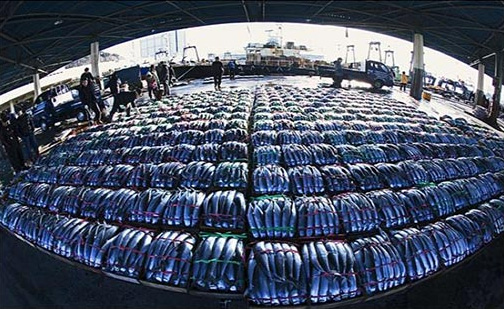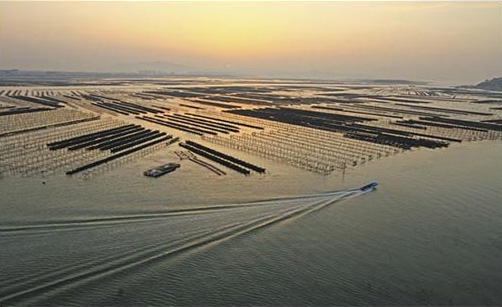
When we talk about the fishing industry, the image of fishermen on boats catching fish first comes to mind. However, this alone does not fully capture the essence of the fishing industry. In fact, the fishing industry is a broad category that also includes fish harvesting, transporting, and processing.
In addition to fish harvesting including aquaculture, transporting harvests from oceans, seas, or aqua-farms, as well as processing harvests into food products or feedstock are also significant parts of the fishing industry.

Although the fishing industry has a broad meaning, its base is wild and farmed fishing. Wild fishing refers to catching fish out in the open sea on boats, requires a fishing boat, crew, and fishing ground.
When the fishing boat is not large, it can be built at a medium-sized shipyard. In addition, for fishermen working on boats below 20 tons, there is no special requirements to be met for doing business.
Based on the size of the fishing boat, fishing enterprises can be divided into coastal fishing and inshore fishing. Relatively small fishing boats of 8 to 10 tons engage in coastal fishing, while mid- to large-sized fishing boats of 10 to 140 tons are used for inshore fishing. In addition to these two categories, there is also deep-sea fishing which is operated in foreign waters or high seas.
The aquaculture industry refers to catching fish, shellfish or seaweed species after farming them at a constructed facility located in a specific area at sea. In this regard, it is similar to the production methods in terrestrial agriculture.
In order to operate an aqua-farm, one needs to have a license. After setting an aquaculture facility at a specific location, outsiders cannot enter the area nor collect fisheries in the facility. Depending on what is being grown, aquaculture can be categorized into fish aquaculture, shellfish aquaculture, seaweed aquaculture, and other fisheries aquaculture. Normally, rockfish and halibut are grown in fish aquaculture, while oysters and mussels are cultured in shellfish aquaculture. As for seaweed aquaculture, lavers, seaweed, and kelps are mainly grown. Aquaculture can also be categorized according to the methods used: cage culture, sowing culture, suspended culture, and indoor tank culture.

The cage culture uses a method of culturing fish such as rockfish by setting a fish net in the sea. The suspended culture hangs a thick rope above the sea surface for growing oysters or seaweeds. The sowing culture spreads clam “seeds” (fries) such as Manila clams and arc clams and collects them after a certain period. Lastly, the indoor tank culture builds a water tank on land and cultures fisheries in the water tank using sea water.
Recently, marine contamination has become an issue due to live feed, feces of fish, and excessive injection of antibiotics. Furthermore, inflows of factory wastewater and domestic sewage have worsened the quality of water
Therefore, we need to research methods of marine cultivation through technological development. Moreover, in order to ensure that marine bio-species continue being managed, we need to improve the environment to enhance productivity while being mindful of the concept of a sea farm. Furthermore, key areas should be designated as uncontaminated waters and laws established to prevent marine contamination. Efforts should be made at the global level to prevent sea contamination with the aim of preserving water quality.
※ The texts were written based on the outcome of “development of marine territory educational and promotional data” project pursued by the Korea Maritime Foundation in 2013.